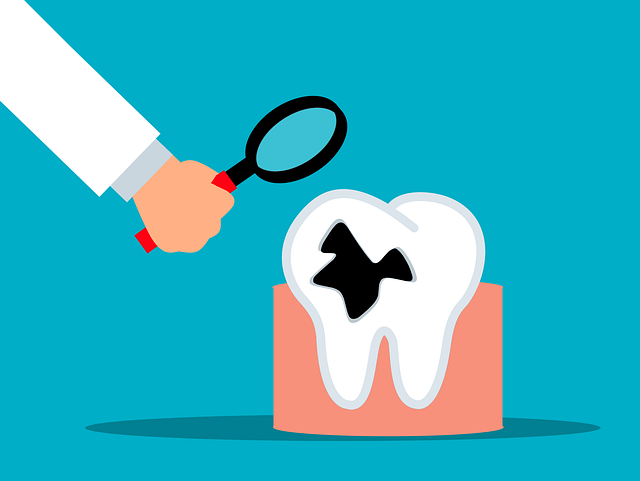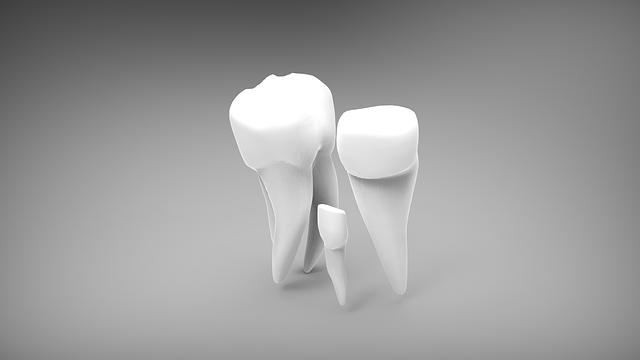Malpractice insurance for dentists protects against financial risks from treatment errors or omissions, covering legal costs and settlements. It's crucial for patient safety, mitigating claims related to negligence, communication gaps, and deviations from protocols. Policies vary, so carefully evaluate coverage scope, exclusions, and choose reputable insurers. Adequate malpractice insurance safeguards dental practices, reputations, and ensures long-term viability.
Dental malpractice coverage is an essential aspect of running a successful dental practice. Protecting yourself and your patients from unexpected errors is crucial, especially given the intricate nature of oral care procedures. This article simplifies the complex world of dental malpractice insurance, offering insights into why it’s vital for dentists, what coverages are available, and how to choose the right policy. We’ll also explore common pitfalls to avoid in claims processes, emphasizing the importance of comprehensive protection.
- Understanding Dental Malpractice: Basics Explained
- Why Dentists Need Malpractice Insurance
- Types of Dental Malpractice Coverage
- How to Choose the Right Policy
- Common Pitfalls to Avoid in Malpractice Claims
- Protecting Your Practice with Comprehensive Insurance
Understanding Dental Malpractice: Basics Explained

Dental malpractice insurance, also known as professional liability coverage, is a safety net for dentists, protecting them from potential financial risks associated with errors or omissions during dental treatment. It’s akin to having a shield against unexpected claims of negligence. When a patient experiences harm due to a dentist’s mistake—such as an incorrect diagnosis, improper procedure, or failure to obtain informed consent—they may file a lawsuit seeking compensation for their damages.
Malpractice insurance for dentists covers the legal costs and potential monetary awards associated with these lawsuits. The policy provides financial protection, ensuring that the covered dentist can defend themselves without incurring significant out-of-pocket expenses. This is especially important given the complex nature of dental procedures and the varying degrees of risk involved in treatment. Having malpractice insurance demonstrates a dentist’s commitment to patient safety and responsible practice.
Why Dentists Need Malpractice Insurance

Dentists, like all healthcare professionals, face unique risks in their practice. Malpractice claims are a significant concern, as even well-intentioned dental procedures can lead to unforeseen complications or patient harm. Malpractice insurance for dentists is not just a legal requirement but also a vital safety net. It provides financial protection against potential lawsuits and associated costs, including legal fees, settlement amounts, and court orders.
This coverage is essential for several reasons. Firstly, it safeguards the dentist’s assets and reputation. A single malpractice claim can result in substantial financial losses. With appropriate insurance, dentists can avoid personal bankruptcy and maintain their professional standing. Secondly, it offers peace of mind, knowing that if an accident or mistake occurs, there is a support system in place to manage the situation effectively.
Types of Dental Malpractice Coverage

Dental malpractice coverage protects dentists from financial loss in case of negligence that leads to patient harm. There are primarily two types of dental malpractice insurance: professional liability insurance and errors and omissions (E&O) insurance. Professional liability, often referred to as general malpractice, covers claims arising from alleged negligence or mistreatment during a dental procedure. This includes situations like incorrect diagnoses, improper treatment plans, or failure to obtain informed consent.
Errors and omissions insurance, on the other hand, specifically targets oversights or mistakes in records keeping, reporting, or communication related to patient care. This can encompass issues such as transcription errors, miscommunication between dentists or with patients, or miscalculations leading to treatment complications. Both types of coverage are vital components of a comprehensive risk management strategy for dental practices, ensuring financial protection against potential lawsuits and settlements.
How to Choose the Right Policy

When choosing a malpractice insurance policy, several key factors should guide your decision. First, assess the scope of coverage offered by each provider, ensuring it aligns with your practice’s specific needs and risks. Different policies may have varying limits, exclusions, and definitions of professional negligence, so thoroughly review these details to find the most suitable match.
Additionally, consider the reputation and financial stability of the insurance company. Opting for a well-established, financially secure provider offers peace of mind, guaranteeing claim settlement capabilities when needed. Look into their track record, customer reviews, and industry ratings to assess their reliability. Remember, choosing the right malpractice insurance for dentists is vital for mitigating risks and safeguarding your practice’s future.
Common Pitfalls to Avoid in Malpractice Claims

Many dental malpractice claims arise from avoidable mistakes and lapses in patient care. One of the common pitfall is inadequate communication with patients about treatment options, risks, and alternatives. Dentists must clearly explain procedures, expected outcomes, and potential complications to ensure informed consent. Failure to do so can lead to misunderstandings and later claims of negligence.
Another frequent issue is a deviation from established dental standards or protocols. This includes errors in diagnosis, improper use of equipment, or failure to recognize emergency situations promptly. Maintaining current knowledge through continuing education, adhering to professional guidelines, and staying up-to-date with advancements in the field are crucial steps to avoid such pitfalls. Adequate malpractice insurance for dentists also provides financial protection against claims arising from these mistakes.
Protecting Your Practice with Comprehensive Insurance

Protecting your dental practice from potential risks and financial losses is crucial, which is why comprehensive malpractice insurance for dentists is an essential component of any successful dental practice. This type of insurance provides coverage in case a patient files a lawsuit due to perceived negligence or mistreatment during their dental procedures. Malpractice claims can include accusations of improper treatment plans, misdiagnosis, equipment malfunctions, or failure to obtain informed consent from patients.
By securing thorough malpractice insurance, dentists can safeguard their professional reputation and financial stability. It ensures that the practice is protected against legal fees, settlement costs, and any associated expenses that may arise from a claim. Comprehensive coverage allows dentists to continue providing quality care to their patients without the constant worry of potential lawsuits and their repercussions.
